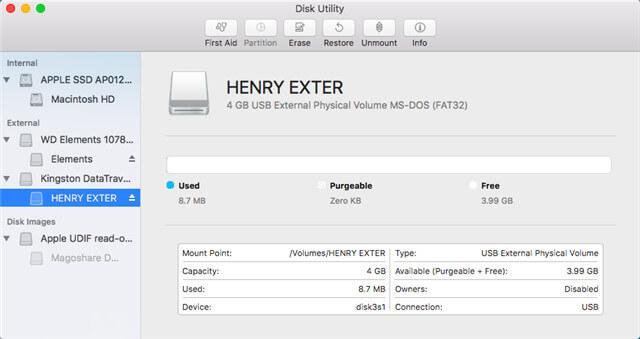

However, far from 11.2 solving this problem, it actually makes it worse. Now that Big Sur can be updated to 11.2, I’ve been looking at how that affects external boot disks, and whether it finally enables them all to work. It’ll cost you more but save you time and effort in the long run. If you’re trying to create and use a bootable external disk for M1 Macs, I therefore recommend that you don’t waste your time discovering which USB-C SSDs might be compatible: go straight for a Thunderbolt 3 enclosure. Unfortunately, on an M1 Mac running macOS 11.1, the Data volume is usually left behind, and any attempt to eject it will result in your being told that it’s still in use, while trying to open the volume denies that it’s present at all. Oddly, on Intel Macs running Big Sur, the Data volume isn’t shown as a separate volume, but on M1 Macs it is. Clicking on the Eject tool for the System disk brings a helpful dialog which offers to unmount both System and Data volumes. Once booted from the internal disk again, ejecting the bootable external disk isn’t fault-free. Thanks to many comments but no real clues, I’ve now been able to solve this, and here explain how you can do this too. Zero problems But support X86 Mac installed partition, you need full new install on M1 Mac. Although I could see and select it in the Startup Disk pane, Big Sur 11.0.1 couldn’t be booted from there.Ĭhecking the external disk gave no clues as to what was wrong. Some who have attempted this using an M1 have reported that the installation never completes thankfully mine was completely successful until I tried to restart from it.

The most obvious method of doing this is to run the Big Sur installer app, and select a freshly formatted external drive as its destination.


 0 kommentar(er)
0 kommentar(er)
